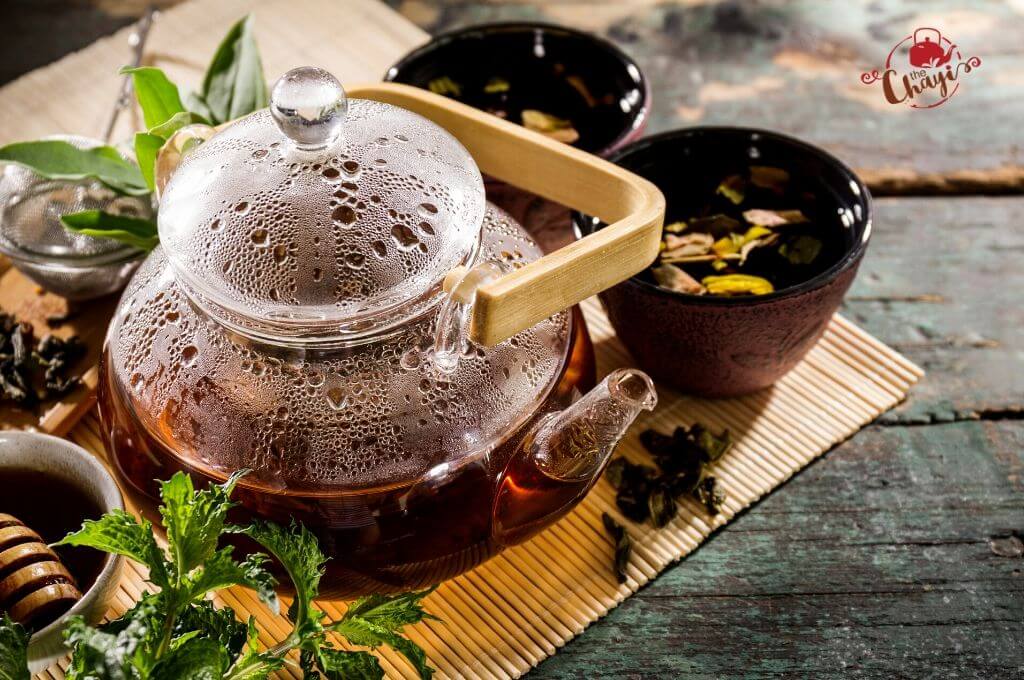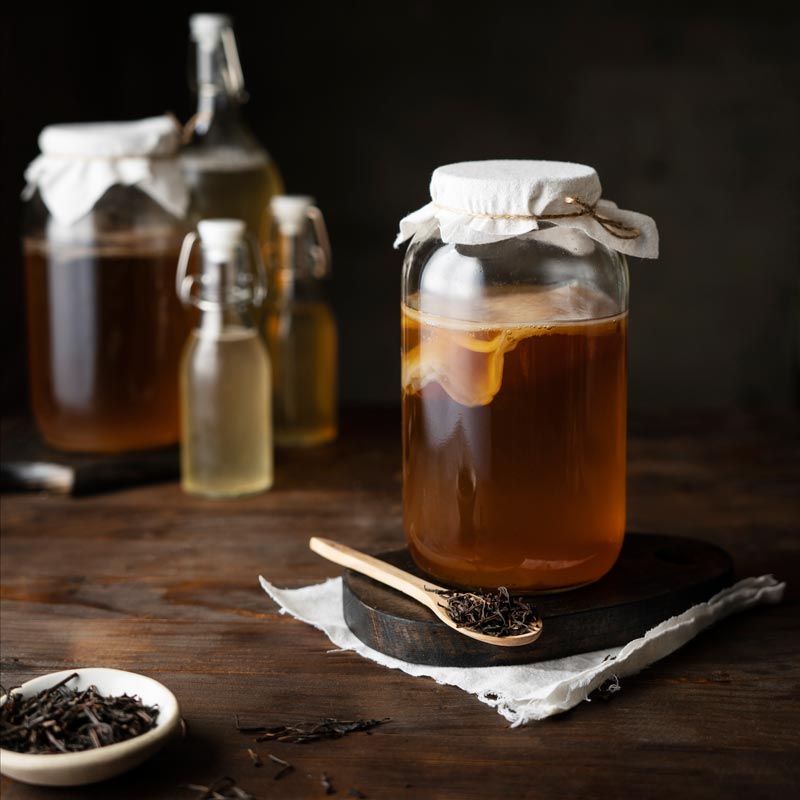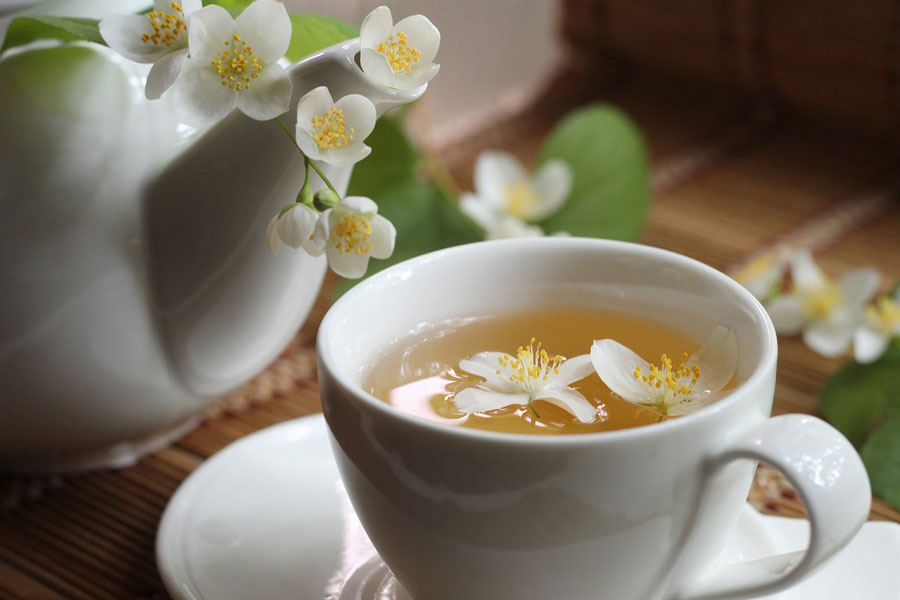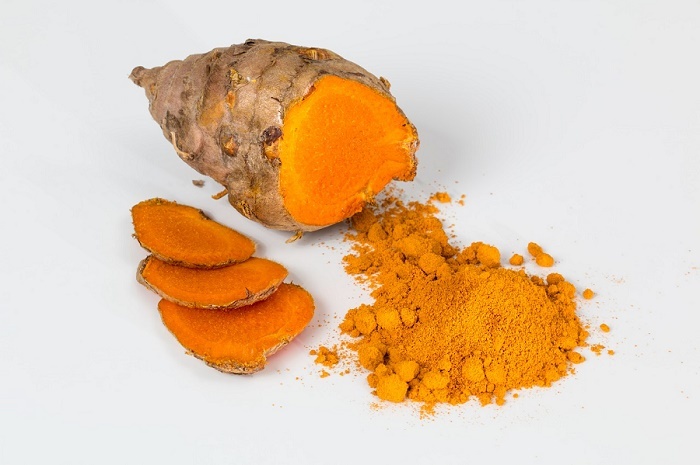Yum Cha, literally translating to ‘drink tea’, is an ancient Cantonese tradition of breaking bread with friends and families in tea houses. Cantonese are the people that inhabit Hong Kong, Macau and the wider province of Guangdon, including Guangzhou in China. You will rarely come across a Hong-Konger who has never been to Yum Cha. This age old culture of the Cantonese people is a simple tradition of having Chinese tea accompanied by a large variety of sumptuous Dim Sum dishes in teahouses. Teahouses have been a meeting and resting place for the Chinese since time immemorial. Even now, this tradition is kept alive where families and friends meet on every weekend in famous or traditional tea houses for Yum Cha.
Dim Sum
‘Dimsum’ is a term which we all associate with momos, don’t we? I always thought of it as more of a chic synonym for momos in posh restaurants. But, in fact, Dim Sum is a wide assortment of steamed buns, rice noodle rolls, and dumplings. They may include a range of fillings and ingredients from pork to prawns and chicken to vegetables. Dim Sum is strongly associated with Yum Cha amongst the Cantonese. The Dim sum is usually served as three or four pieces in one dish. It is customary to order family style, sharing a wide variety of dishes amongst the members of the family. It was originally considered a snack but now Dim Sum is considered as much a part of the main course as are Szechuan Chicken.
Yum Cha is a group activity, mostly family gatherings on weekend mornings. Quite a number of etiquettes are associated with it, backed by old customs and legends that have been passed down through generations.
Some Yum Cha Etiquettes
One of the most intriguing Yum Cha customs is the tapping of the bent index, middle and ring fingers on the table, an obeisance done to thank the person serving the tea. An interesting old story is associated with this custom. It is said that back in the days of the Qing Dynasty, the Emperor Qianlong, concealing his own identity, was travelling with his men. They reached the southern part of China where they entered a teahouse. To maintain his cover, he took his turn in pouring out the tea to his companions. Though shocked of this tremendous honour to be served by the Emperor himself, they could not thank the emperor upfront, lest they him give away. That is when one of his companions knocked three fingers on the table to indicate a man bowed in gratitude and this tradition remained. So every time tea is served in Yum Cha, people knock on the wood to express their gratitude to the server.
Another old custom that accompanies the Yum Cha is to leave the lid of the teapot open, balanced on the handle as a cue. Chinese Tea is served in several rounds during Yum Cha. So whenever a top-up of hot water is needed for a fresh round of tea, they do not call the waiters; instead they leave the lid of the teapot open. It is also considered rude by the Cantonese people to reach for a plate that is far within one’s reach or not placed directly in front. Instead one must wait for the plate to be placed in front of them or for someone to pass it on.
Though the tradition has somewhat revolutionized what restaurants not restricting Yum Cha to mornings and afternoons but to dinner as well. Yum Cha restaurants also offer a choice of Chinese teas to compliment the food. Some old traditions, some fine manners, some mouth-watering Dim Sum and of course, tea. What better way for the old and the young to meet their families and friends, a beautiful excuse to walk out of one’s houses during weekends and catch up on the stories of the past week over rounds of Chinese tea? Yum Cha sure sounds like a tradition that is worth keeping alive, even for the coming generations.
(Also read about Monkey Tea Pluckers of China)






